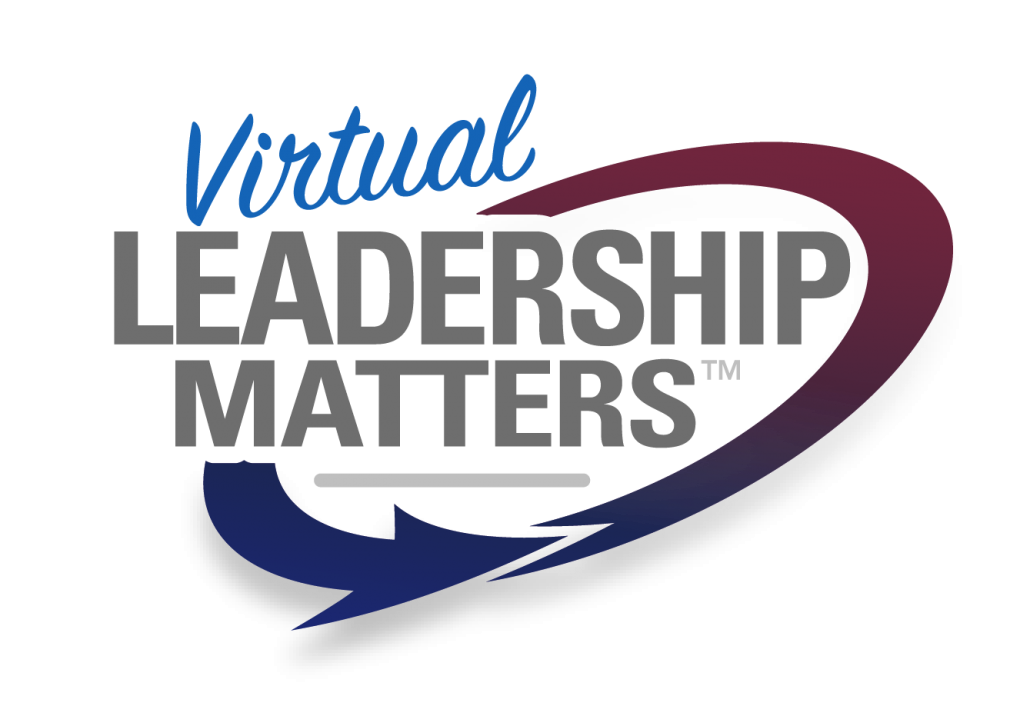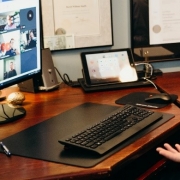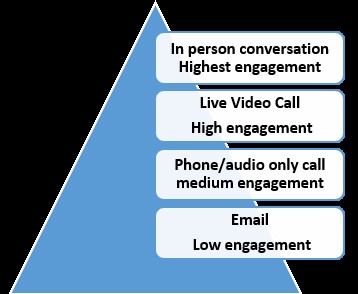Is Your Team Aligned to the Team Purpose? You May be Surprised!
If someone asked you to rate from 1-10 how aligned your team is what might you say? If you are like most business leaders, you likely would reply with a relatively high rating and trust that the priorities of your team members mirror your own. The truth is that our optimistic assumptions regarding alignment often do not accurately reflect reality. This is especially true when dealing with virtual teams. This week’s blog will briefly explore this concept and discuss a method that helps leaders do a better job of monitoring their team’s alignment that is particularly helpful for teams working remotely.
Team alignment means being on the same page in terms of your team’s common purpose and highest priorities. Teams with high levels of alignment will have a clear and shared understanding around what is most important right now. This shared understanding will be reflected in team member’s daily tasks and activities. When teams are misaligned members will work in different directions to achieve what they believe is most important. This results in a group of busy individuals rather than a high performing team moving towards a common goal.
Overestimating the Level of Alignment
As business leaders, we often take for granted the concept of team alignment. Unfortunately, the level of team alignment is often difficult for leaders to accurately judge by themselves. Typically, when polled team leaders who have oversight of the team grade their alignment in the range of 90-100%. This estimation tends to be overly optimistic when investigated fully.
This phenomenon of unrealistic optimism was experienced first-hand when working with one of our past clients. The key contact for the client was a business leader that supported multiple teams. When asked to rate the alignment of teams, the client rated it at 90% or better. During the implementation of training on team alignment, team exercises were undertaken to explore the level of alignment before moving on to how to leverage what was perceived to be a strong sense of common understanding. Through the answers and input offered from team members, the level of alignment was determined to be closer to 70%. The key contact for the client was surprised by the questions people asked during the exercises and the lower level of alignment. In our experience, the actual level of alignment is typically lower than the team leader assumes. Without this exercise, our client would have continued to maintain an incorrect assumption about where team members placed their highest priorities. While this particular team worked in the same office, the discrepancy in alignment may have been far worse had they been working remotely because there would be fer cues to suggest misalignment.
Alignment is More Important when Working Remotely
Issues in team alignment become far more prominent when teams move to a virtual environment. This is because it is harder to monitor and maintain team alignment when working virtually compared to in the same workspace. This is due in part because of the higher levels of spontaneous interactions between the leaders and team members who share a common workspace. Spontaneous interactions can help reveal areas of misalignment and reinforce the key priorities/purpose of the team. It is harder for spontaneous interactions to occur when working remotely. Without these interactions, leaders may take longer to notice that their team members have not been working on what is most essential. This results in wasted time and energy that could have been directed elsewhere.
Take Action to Measure Alignment
To mitigate this, leaders must take steps to actively engage team members to access their level of alignment to the priorities and purpose of the team. Begin by writing down the most important goals, projects of objectives in order of highest to least importance and follow up by scheduling time to independently survey each team member. Confirm team members’ understanding of their priorities and objectives in order of importance. We have assisted clients with an exercise to compare priorities for team members in order to reveal areas in which team members are placing too much attention and areas that require greater focus. The exercise of intentionally comparing priorities between team members is a great way to identify what is required to increase team alignment. By making this a regular part of your management process you will ensure that team members continue to work on the right things.
Key insights
Team alignment is one of the common problems that will develop unnoticed when your teams move to a virtual environment. Without proper alignment, your team members may be busy working from home on the wrong things. Take action today by building a strategy to compare your key priorities to the list of priorities of each team member. For a more in-depth analysis of your team’s alignment as well as other common problems reach out to one of our expert consultants at Virtual Leadership Matters.
The Author
David Town, CHRL, ACC, is a facilitator and coach of leadership and management principles that enable individuals and organizations to build greater leadership competency, resulting in higher performance and higher employee engagement. David has a particular focus on effective leadership of virtual teams. David is a member of the Human Resources Professionals Association (HRPA), the International Coaching Federation (ICF) and is Co-Founder and Principal of Virtual Leadership Matters Inc.









